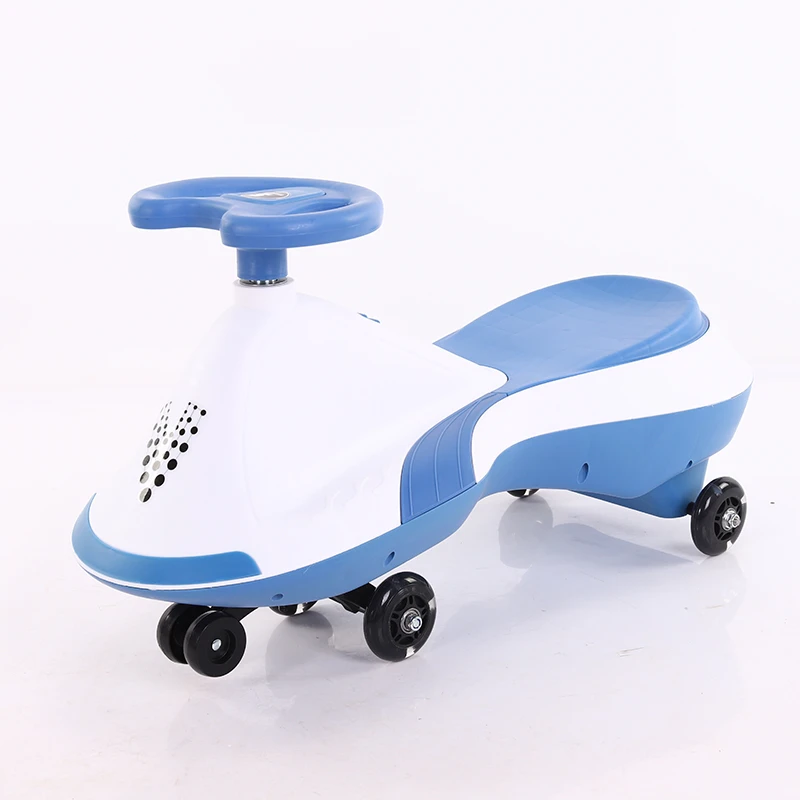Fun and Safe Ride-On Toys for Kids to Enjoy Outdoor Adventures
Ride-On Toys for Kids The Perfect Blend of Fun and Learning
In the world of children's toys, few things capture the imagination and excitement of young kids quite like ride-on toys. These engaging playthings offer a thrilling combination of fun, physical activity, and developmental benefits, making them a favorite choice for parents and children alike. Let's explore the various aspects of ride-on toys, their types, benefits, and safety considerations.
Types of Ride-On Toys
Ride-on toys come in an array of shapes, sizes, and designs to appeal to various age groups and interests. Among the most popular types are
1. Push Toys Typically designed for toddlers, these toys require children to push them along with their feet. They encourage walking and balance while providing a sturdy support for little ones just learning to navigate their world.
2. Scooters Perfect for slightly older kids, scooters require more skill and coordination. They help develop balance and motor skills as children learn to steer and propel themselves.
3. Battery-Operated Vehicles Modern technology has brought us electric ride-on cars, bikes, and even ATVs. These battery-operated toys allow kids to experience the thrill of driving while fostering imaginative play.
4. Tricycles A timeless classic, tricycles are great for developing pedaling skills and stamina. They are often one of the first ride-on toys kids use before transitioning to two-wheeled bikes.
5. Gliders These are foot-propelled ride-on toys that encourage kids to use their legs to move. They come in various fun designs, from animals to sports cars.
Benefits of Ride-On Toys
Ride-on toys are more than just fun; they offer numerous benefits for children's physical and cognitive development.
1. Physical Development Engaging with ride-on toys encourages gross motor skills, balance, coordination, and strength. Kids use their legs and arms to push, steer, and maneuver, enhancing their physical capabilities.
ride on toys kids

2. Cognitive Skills As children navigate their ride-on toys, they develop spatial awareness, problem-solving skills, and understanding of cause and effect. For example, figuring out how to steer around obstacles boosts their decision-making skills.
3. Social Interaction Ride-on toys provide opportunities for children to play together, fostering social skills such as sharing, turn-taking, and cooperation. Whether racing their friends or exploring the neighborhood, kids learn valuable interpersonal skills.
4. Imagination and Creativity Riding a toy can spark imaginative play. Children often pretend to be drivers, adventurers, or animals as they zoom around, creating entire worlds in their minds.
Safety Considerations
While ride-on toys are generally safe, it is essential to consider some safety measures to ensure a secure play environment
1. Age Appropriateness Always choose a ride-on toy suitable for your child’s age and size. Check the manufacturer's age recommendations for safety.
2. Supervision Parents and caregivers should supervise young children while they play, especially in areas with traffic or other hazards.
3. Safety Gear Encourage the use of helmets, knee pads, and elbow pads for added protection, particularly with scooters and bikes.
4. Safe Play Areas Ensure that children play in safe, open areas away from roads, sharp edges, and other hazards. Paved sidewalks or designated play areas are ideal.
Conclusion
Ride-on toys represent a wonderful way for kids to engage in active play while honing essential physical and cognitive skills. From enhancing motor skills to fostering social interaction and igniting the imagination, these toys provide lasting benefits. Whether it's a colorful tricycle, a battery-operated car, or a simple push toy, the joy of riding opens up a world of fun and development for children of all ages. Investing in quality ride-on toys not only gives children cherished memories but also sets them on a path to healthy growth and development.
-
The Perfect Baby TricycleNewsAug.11,2025
-
Ride into Fun with Bikes for KidsNewsAug.11,2025
-
Ride into Adventure with the Perfect Kids Balance BikeNewsAug.11,2025
-
Fun and Safe Riding with the Best Childrens ScootersNewsAug.11,2025
-
Find the Perfect Childrens Bike for Your Little OneNewsAug.11,2025
-
Explore the Best Baby Tricycles for Your Little OneNewsAug.11,2025
-
Three-Wheel Light-Up Scooter Benefits for KidsNewsJul.11,2025








